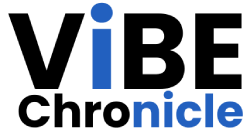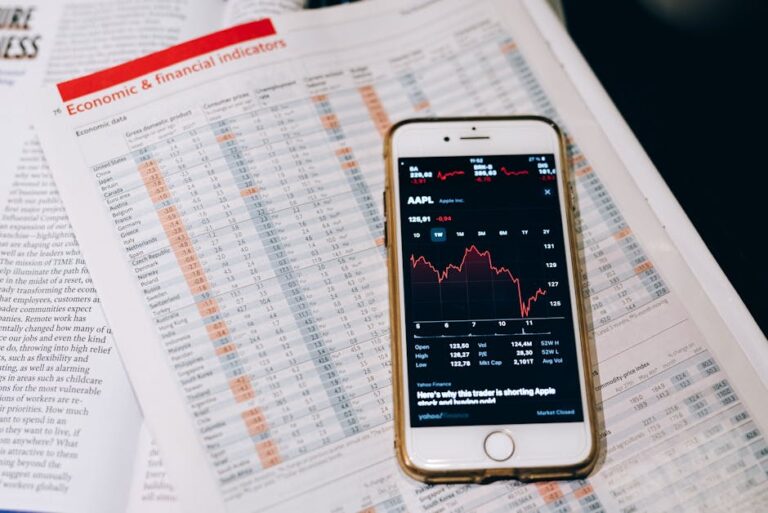You’re sitting there, staring at your screen. You’ve built a great website, or maybe you have a fantastic local service, but the customers… well, they aren’t exactly breaking down the door. Someone probably told you “You should try Google Ads.” And now you’re here, wondering how to even start. It seems like a huge, complicated machine, and you’re not wrong. But it’s a machine you can learn to drive. This is going to be your guide for 2025 on how to get a Google Ad up and running, without all the super polished corporate talk. Let’s just figure this out.
Getting Your House in Order Before Building the Ad
Before you even think about writing an ad, there’s some basic stuff to get sorted. It’s not fun but you gotta do it. First, you need a Google account. Most people have a Gmail, so that’s usually sorted. You’ll also need a website or a landing page, which is just the webpage people go to after they click your ad. Don’t send them to your homepage if you can help it, send them to a page that’s all about the one thing you’re advertising.
Now, when you first sign up for Google Ads, it will try to push you into something called “Smart Mode.” It looks easy and friendly. Avoid it. Seriously. It’s like driving a car with only two gears. You need to find the little link that says “Switch to Expert Mode.” It sounds scary but it’s not. It just gives you the controls you actually need to not waste a bunch of money.
Your First Campaign: The Blueprint
Okay so you’re in Expert Mode. Feels good right? Now we build a campaign. A campaign is like the main folder for a specific goal you have.
The first thing Google will ask is what your goal is. Things like ‘Sales’, ‘Leads’, or ‘Website traffic’. This choice helps Google suggest settings for you. It’s generally a good idea to pick the one that makes the most sense. If you want people to fill out a form, pick ‘Leads’. If you want them to buy something, pick ‘Sales’. It’s not rocket science.
Picking Your Playground: Campaign Type
After a goal, you pick a campaign type. You’ll see a bunch of options like Search, Display, Video. For your first time, just pick ‘Search’. These are the text ads that show up on the Google search results page. They’re the bread and butter of Google Ads. It is with these ads that people who are actively looking for what you sell will find you. The other types are for different things, and we can ignore them for now.
Money Talk: Budgets and Bidding
This is the part that makes everyone nervous. The budget. You set a daily budget, which is the average amount you’re willing to spend per day. If you set it to $10, some days you might spend $8, some days $15, but over a month it will average out to about $10 a day. Start with a number you are completely comfortable with losing, because your first campaign is a learning experience.
Then there’s bidding. This is how you tell Google what you care about. To start, just choose the “Clicks” option and let Google manage it with a strategy called “Maximize Clicks.” This just tells Google to get you as many clicks as it can for your budget. You can get way more complicated later but for now, this is fine. It gets your ads showing.
The Real Work: Ad Groups and Keywords
Inside your campaign, you make things called Ad Groups. Think of your campaign as a filing cabinet for “My Shoe Store.” The Ad Groups are the drawers inside, like “Men’s Running Shoes” or “Women’s Sandals.” Each drawer holds super-related stuff.
This is where you put your keywords. Keywords are the whole point of search ads. They are the words or phrases people type into Google that you want your ad to show up for. If your Ad Group is “Men’s Running Shoes,” your keywords might be things like:
buy men’s running shoes
best running shoes for men
men’s trail running sneakers
You want to be specific. A keyword like “shoes” is way too broad and you’ll waste money. Think like a customer. What would you actually type into the search bar if you wanted to buy what you sell? Write those down.
Writing an Ad That Doesn’t Stink
Now for the fun part. Writing the actual ad. Inside each Ad Group, you’ll create an ad that is directly related to the keywords in that group. So the ad in your “Men’s Running Shoes” group should talk all about… men’s running shoes. Makes sense.
You’ll be making something called a “Responsive Search Ad.” This just means you give Google a bunch of headlines and descriptions and it mixes and matches them to see what works best.
Headlines and Descriptions
You get to write up to 15 headlines. They’re short, just 30 characters. You also get 4 descriptions, which are a bit longer at 90 characters.
Here are some tips. Don’t overthink it. Make sure at least a few of your headlines include the keywords your customers are searching for. If they search “buy men’s running shoes,” a headline that says “Buy Men’s Running Shoes” is a good thing to have. Also, add a call to action. Tell people what to do, like “Shop Now,” “Get a Free Quote,” or “Order Online Today.”
Adding the Extras (Assets)
There used to be a thing called Ad Extensions, now they are called Assets. They are extra little bits of information you can add to your ad to make it bigger and more useful. They don’t cost extra and they really help your ad stand out. Some simple ones to start with are Sitelinks, which are extra links to specific pages on your site, and Callouts, which are short bits of text to highlight stuff like “Free Shipping” or “24/7 Customer Support.” Use them.
Key Takeaways
Look, we covered a lot of ground. It might feel like a whirlwind. If you remember anything, remember this stuff.
Always switch to “Expert Mode.” Don’t let Google keep the training wheels on for you.
Start with a Search campaign. It’s the most direct way to reach customers who are looking for you.
Organize your campaign into tight, themed Ad Groups. Don’t just dump all your keywords into one bucket.
Match your ad copy to your keywords. The ad should be the answer to the searcher’s question.
Set a budget you are comfortable with. Your first campaign is for learning, not for getting rich overnight.
Your Google Ad Questions Answered
How do I create a Google Ad for free?
You can’t really. Creating the account is free, but for your ads to actually show up, you have to pay when someone clicks on them. There’s no way around spending money to run the ads themselves.
How much should I spend on my first Google Ad campaign?
There’s no magic number. A good starting point is whatever you can afford to spend for a month without freaking out. Maybe $5 or $10 a day. The idea is to spend enough to get data, to see what works and what doesn’t.
How long does it take for Google Ads to start working?
Your ads can start showing within a few hours of being approved. But “working” in terms of bringing you consistent customers? That takes time. You’ll need a few weeks, maybe even a couple of months, to test things, change keywords, and figure out what gets results.
Can I really do this myself or do I need to hire someone?
You can absolutely do it yourself. It just takes patience and a willingness to learn. Follow guides like this one, watch some videos, and don’t be afraid to make mistakes. You hire someone when you decide your time is better spent running your business than messing with ad settings.
What is the difference between a keyword and a search term?
This one confuses people. The keyword is what you tell Google you want to bid on (e.g., “men’s running shoes”). The search term is what a user actually typed into Google (e.g., “what are the best blue running shoes for men over 40”). You can see your search terms in a report, which is super useful for finding new keywords to add or bad ones to block.
















